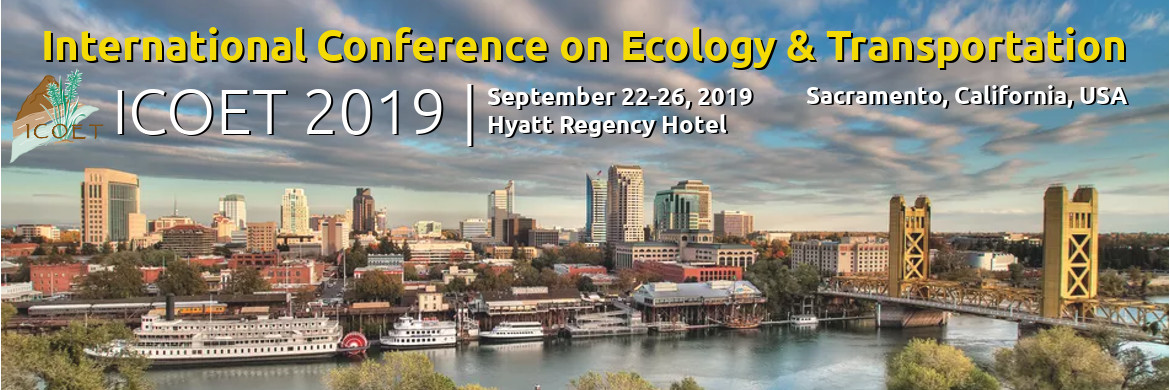The major impacts of roads on wildlife behavior and survival can have detrimental effects on populations and in time, biodiversity. To facilitate movement and prevent vehicle-caused mortalities, mitigation structures, such as fencing, wildlife guards (WG), and wildlife crossing structures (WCS), including underpasses, have been developed. Along state highway 100 in Cameron County, Texas, 11.9 km of exclusionary fencing, five underpass WCS, and 18 WG have been constructed or modified to mitigate wildlife road mortalities. To understand the effectiveness of these structures, camera trap arrays were deployed to monitor wildlife use. Preliminary data collected during the construction period have shown that distinct communities at each WCS used them to cross under the road. In this study, we compare crossing rates and communities using mitigation structures during and post-construction. Assuming the road mitigation structures are effective, we expect to see an increase in crossing rate at WCS and decrease in crossing rate at WG after construction is complete. This research will aid in understanding how construction activities and age of mitigation structure affect the use of these structures by wildlife.
Terrestrial Wildlife and Ecosystem Interactions with Transportation
road mitigation
South Texas
wildlife guard
wildlife crossing structure
